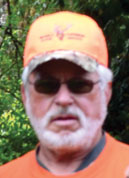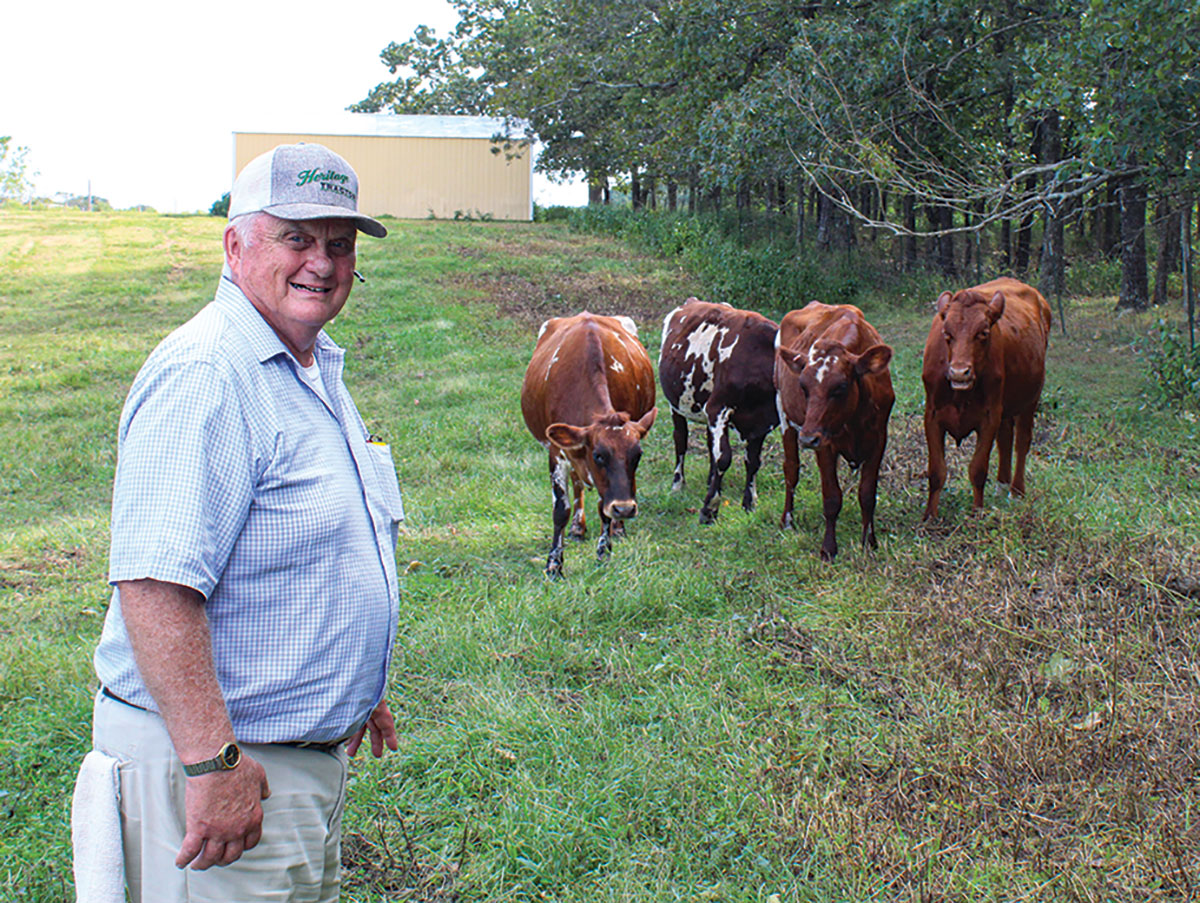
On a well-maintained farm near Crane, Mo., Jim and Anne Jones care for a select herd of Red and Black Angus cattle, along with some mixed breed commercial cattle. “This place was pretty rough when we bought it five years ago,” Jim said. “We’ve built every building, corral and fence on the place, cleared the brush from the fence rows and replaced the native grasses with modern grazing grasses,” Jim said.
Due to careful planning, well thought-out land management and the practice of intensive grazing, Jim and Anne can run almost twice the number of cattle per acre of pasture space, over utilizing conventional open grazing. Jim noted his key to this success was fertilization and the application of lime to the soil. With the addition of legumes like clover to his pastures, Jim has the ability to grow his calves to a selling weight of 700 to 800 pounds as heavy feeder calves.
“Yes, it may take a couple of months longer than having them grain fed,” he stated. But, the way he sees it, his cattle marketing plan complements growing cattle on pasture forage, forage he has plenty of. Not to mention the alternative, spending money buying and feeding grain, can’t compare to the cost savings he sees with his plan of growing calves out on grass.
“One of the last bulls I bought was raised on grain his whole life and when I put him on fescue pasture, I thought he was going to starve,” he said. “Eventually, the bull adjusted to not getting what he was used to, and decided that fescue wasn’t so bad, and did very well.”
In today’s economy, Jim believes cattle that can work on grass, or better yet, that will thrive on grass, are the kind of cattle Ozarks producers need.
When asked about the major challenges in the future of the beef and dairy cattle industries, Jim was quick to see animal rights activists, and groups such as PETA as major instigators of agriculture’s problems. “Add that to skyrocketing land prices due to urban sprawl,” he noted, and the future generations of agriculturists have their work cut out for them.
Jim said, “We need to sell steaks to keep cattle prices as high as they need to be to continue to be profitable.” He said he’s hopeful for the future, thanks to organizations like the National Cattlemen’s Beef Association and Cattlemen’s Beef Board, the promoters of the “Beef: It’s What’s For Dinner” campaign. Advertising continues to show a strong commitment to protecting the profitability of the beef producer, and Jim sees that as a vital part of the cattle producer’s success.
Jim could talk cattle all day, but with three jobs, there’s not much time to sit around and visit. A young at heart attitude and vision for the future keeps him and his wife busy, fulfilled and full of youthful optimism. Besides the cattle operation, Jim is also a field man for the second largest livestock auction in the country, Joplin Regional Stockyards. He also does livestock hauling and has spent 30-plus years serving as the minister at Reavisville First Baptist Church.
Seems like Jim doesn’t have time for any hobbies, which is okay by him. “I just like to be outside, active, working the farm and spending time with our kids and their families. And I’m going to keep doing this as long as I feel good and still enjoy it.”







